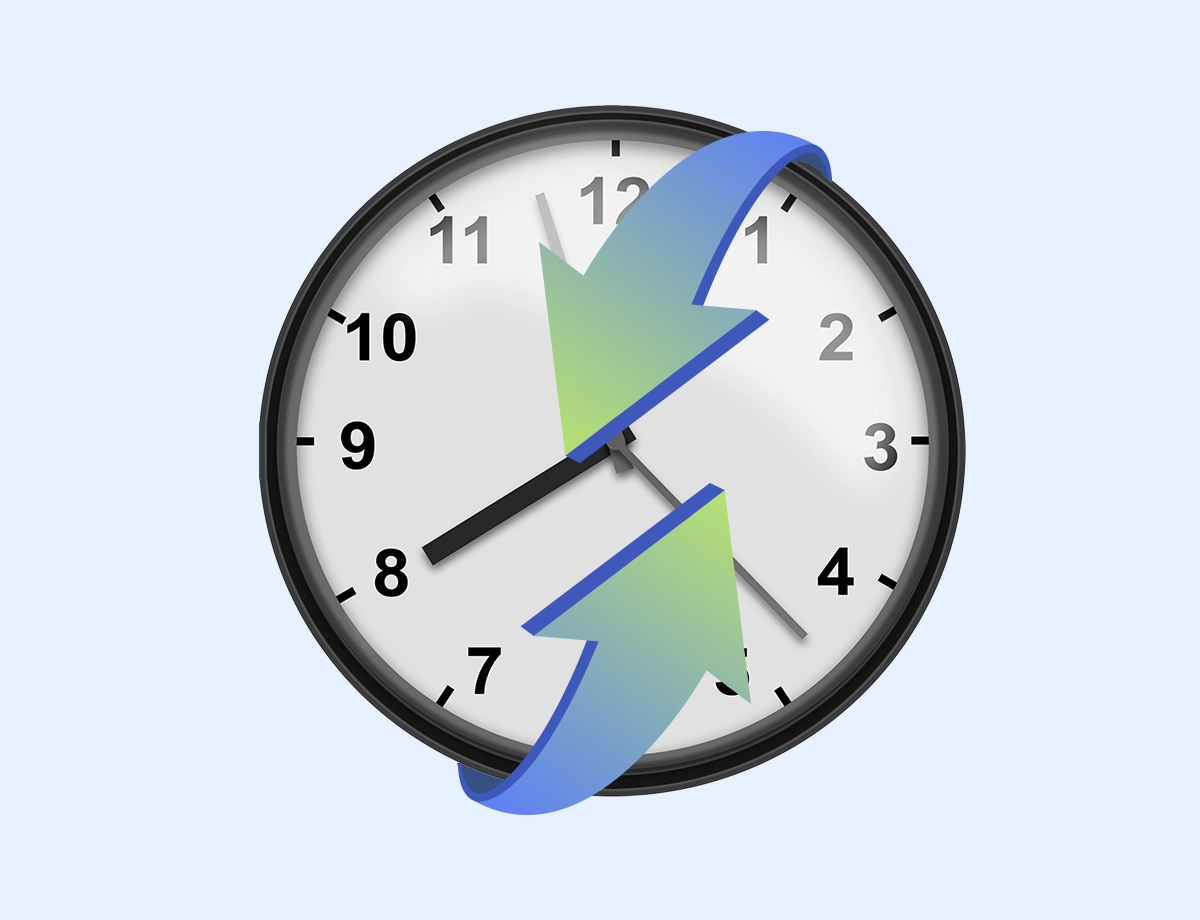Today, businesses of all sizes must simplify international B2B payments. This is needed for seamless cross-border transactions. Navigating the complex landscape of international payments can be challenging and time-consuming.
This guide provides the knowledge and tools to streamline your international payments. You’ll learn about different payment methods and currencies. We also cover how to avoid hidden fees and manage exchange rate fluctuations.
B2B International Transactions: Market Size and Growth
The global B2B payments market is massive and growing fast. In 2022, the market size was USD 889 billion. It is expected to grow at a rate of 13.26% annually from 2023 to 2030. By 2030, it will reach USD 1.88 trillion.

Regional Breakdown
North America holds the largest market share due to the many B2B payment companies in the region.
In this region, the market was worth USD 378.23 billion in 2022. It is expected to reach USD 435.54 billion in 2023. The growth rate is projected at 8.2% annually, reaching USD 745.23 billion by 2031.
Asia Pacific is expected to grow the fastest. This growth is driven by digital payment technologies in India and China, and the demand for real-time payment solutions is also driving growth in this region.
Europe is another big market for B2B payment systems since they increase payment speed, transparency, and efficiency. These systems are popular in the United Kingdom, Germany, and France. Market growth in Europe is fueled by innovations in cash management and online purchasing.
The Middle East & Africa, and South America are growing in B2B payments adoption. Smartphone use and awareness of digital payments are rising, boosting the demand for B2B payment solutions.
Challenges in International B2B Payments

Navigating international B2B payments involves overcoming several barriers that complicate cross-border financial transactions. Let’s delve into these challenges and their implications for businesses.
Amongst the major hurdles is the complexity of payment systems and regulations. Each country might have its own systems and regulations, which make it difficult to manage payments effectively. Understanding these differences is crucial for smooth financial operations.
Currency Differences and Exchange Rates
Fluctuations in currencies and exchange rates are significant challenges. These differences can greatly affect the cost of transactions, making it essential to strategically manage when and how you convert currencies to optimize costs and mitigate risks.
Hidden Fees and Charges
Hidden fees charged by traditional banks can accumulate when making international payments, reducing profits. Understanding these charges is important to maintaining financial efficiency and ensuring that transactions are cost-effective.
Regulatory Compliance
Another critical aspect is complying with various regulations, such as anti-money laundering (AML) and know-your-customer (KYC) requirements.
These regulations can vary significantly across different jurisdictions, requiring businesses to stay informed and compliant to avoid legal complications and penalties.
Common B2B Cross-Border Payments Methods
Exploring various payment methods is crucial for successful international B2B transactions. Here are some of the most common cross-border payment systems used in B2B transactions.
Wire Transfers
Wire transfers electronically move funds between bank accounts. They have several pros, including being a fast and secure payment method and being widely accepted by banks and financial institutions.
However, they also have some cons, such as being expensive, especially when intermediary banks charge fees, and the exchange rates offered by traditional banks may not be competitive. If you use Bancoli, you access competitive fees and efficient transactions.
International Payment Platforms
International payment platforms enable easy international transactions with competitive rates and lower fees than traditional banks.
These platforms offer user-friendly interfaces, ease of use, competitive exchange rates, and lower fees than traditional banks. Platforms like Bancoli give your business access to the real interbank exchange rate.
However, not all platforms support large B2B transactions, and they may have limited flexibility in payment options.
Credit Cards
Credit cards provide convenience and the ability to earn rewards, but they have limitations for international B2B payments.
The pros of using credit cards include being widely accepted and convenient, the potential to earn rewards on large purchases, and providing short-term financing options.
The cons include high transaction fees, especially for cross-border payments, foreign transaction fees, currency conversion charges, the potential for chargebacks and fraud, and credit limits that may be insufficient for large business-to-business transactions.
Digital Wallets
Digital wallets are gaining adoption but have constraints for international B2B use.
The pros of digital wallets include being fast and convenient, especially for mobile transactions, offering secure payment data, and supporting multiple payment methods in one place.
However, the cons include limited adoption and acceptance among international businesses, being typically tied to a specific currency or country, transaction amount limits that may be too low for B2B, and potential compatibility issues across different systems.
Letters of Credit
Letters of credit guarantee payment to the seller upon presentation of documents. They provide security but can be complex to set up.
The pros of letters of credit include providing security for both the buyer and seller and guaranteeing payment upon document presentation.
On the other hand, the cons include being complex and time-consuming to set up and requiring careful examination of the terms and conditions.

Emerging Trends in B2B Payments
As the global business landscape evolves, emerging trends in B2B payments are opening up new opportunities for enhanced efficiency and connectivity.
Here are some developments that are reshaping the way businesses handle transactions:
- Real-Time Payments: Systems like SWIFT GPI and various domestic instant payment schemes are revolutionizing cross-border transactions by offering real-time tracking and immediate funds availability, significantly benefiting cash flow management.
- Open Banking and APIs: These innovations foster a more interconnected financial ecosystem, enabling seamless integrations and expanding business payment options. Thus, they streamline financial operations and enhance flexibility.
Choosing the Right Payment Method
When selecting a payment method for international B2B transactions, carefully evaluate the specific needs of your business.
By weighing the pros and cons of each payment method, you can choose the most suitable option to streamline your international B2B payment processes. Combining methods may provide the right balance of benefits for your unique business requirements.

Consider factors like:
- Transaction amounts and frequency
- Countries and currencies involved
- Desired speed of payment
- Level of security required
- Associated fees and costs
- Ease of use and setup
Understanding Exchange Rates and Fees
Exchange rates determine the value of one currency relative to another. They can fluctuate throughout the day, impacting on the total cost of cross-border payments. Banks often charge hidden fees due to unfavorable exchange rates, leading to significant business losses.
International B2B payments involve various fees that can add up quickly. These include transaction fees, intermediary bank fees, and currency conversion charges. SWIFT, the worldwide interbank financial telecommunication system, also imposes fees for cross-border transactions.
Minimizing Costs: Strategies for Optimization
Specialized services that streamline international B2B payments offer more competitive rates than traditional banks. They can help businesses save time and money on currency conversions and international payments. Look for providers like Bancoli that offer transparent pricing and minimal fees.

Simplifying your international B2B payments is crucial for success in the global business landscape. By planning ahead, consolidating payments, managing currency risk, and leveraging technology, you can optimize your payment process and unlock new growth opportunities. Let’s see these strategies in more detail.
Plan Ahead
Take the time to plan your international payments in advance, considering currency exchange rates, wire transfer fees, and potential delays.
Planning ahead lets you identify the most cost-effective payment methods and providers for your needs. This allows you to optimize your cross-border payment process and avoid unnecessary additional costs.
When sending money internationally, be aware of slow processing times impacting your business operations. Factor in these potential delays and plan to ensure smooth transactions with your international vendors and partners.
Planning ahead also lets you take advantage of favorable exchange rates, helping you get the most value from your global payments.
Consolidate Payments
Whenever possible, consolidate multiple payments into a single transaction to reduce fees and streamline the process. By bundling payments, you can minimize the number of international wire transfers required, save on wire transfer fees, and simplify your payment process.
Consolidating payments is particularly beneficial when dealing with different currencies and countries. Instead of initiating separate transactions for each payment, you can streamline the process by making a single consolidated payment. This not only reduces the work involved but also helps you maintain a clear understanding of your international payment activities.
Manage Currency Risk
Be aware of the risks associated with currency fluctuations and consider hedging strategies or strategically timing payments. Currency exchange rates can significantly impact your international B2B payments, affecting the money you send or receive.
To manage currency risk, stay informed about current exchange rates and trends, and work with services that offer competitive currency exchange rates and tools, like the Global Business Account, to help you navigate the global payments landscape.
Leverage Technology
Automate and streamline your payment processes using digital payment platforms and solutions that provide real-time visibility and cash flow management tools. Embracing innovative financial solutions can significantly simplify your international B2B payments, making them faster, more efficient, and cost-effective.
Integral solutions like Bancoli offer a range of benefits, including the ability to accept payments in multiple currencies, settle payments quickly, and track payments in real-time. This platform, which acts as an international payment system and global digital banking, provides competitive currency exchange rates and lower fees than traditional banking methods.
Expand Your Global Reach
Simplifying your international B2B payments opens up new opportunities for growth and expansion. You can confidently engage with international vendors, partners, and customers by streamlining your payment process and leveraging the right tools and strategies.

Efficient cross-border payments enable you to tap into new markets and establish a global presence. Whether purchasing goods from suppliers in different countries or providing services to international clients, a streamlined payment process is essential for smooth business operations.
As you expand your business globally, consider the specific payment preferences and cultural norms in different countries. Some markets may prefer certain payment methods or require adherence to local regulations. By understanding these nuances and adapting your payment strategies accordingly, you can build strong relationships with your international counterparts and foster trust.
Remember Security and Fraud Prevention
When making international payments, prioritize security and take the following measures:
- Choose platforms with strong encryption, tokenization, and compliance with global regulations. and multi-factor verification
- Prefer services that protect and back your funds at the same time they secure your account
- Implement fraud detection systems to identify and flag suspicious activity
- Stay informed about the latest security best practices and trends
- Educate your team on identifying and preventing fraud
Key Takeaways
Understanding international B2B payments is crucial for businesses aiming to expand globally. Implementing effective strategies can simplify the complexities of international B2B payments, empowering businesses to operate with greater confidence worldwide.
Solutions like Bancoli’s Global Business Account, which supports multiple currencies and offers unbeatable currency exchange rates, can be instrumental in managing cross-border transactions efficiently.

As the B2B payments market evolves, businesses adapting and innovating will be well-positioned to capitalize on new opportunities and achieve international success. Recognizing hidden costs and employing the right tools allows businesses to streamline their cross-border payments.




